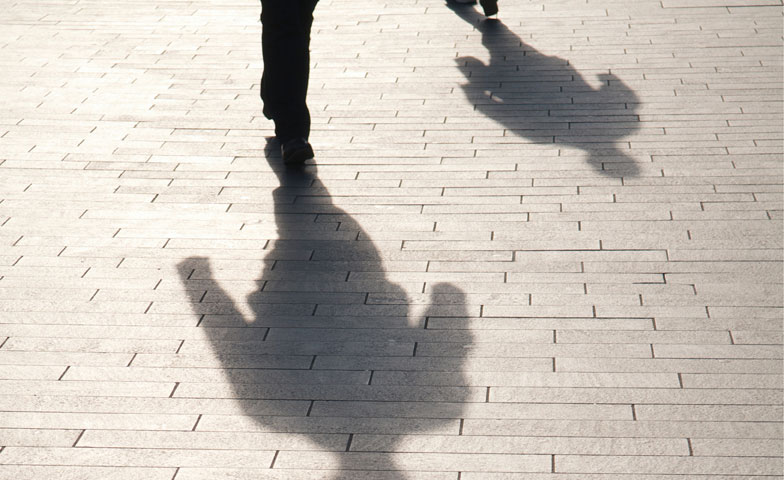A transformative experience that will inform your approach to teaching
As educators, we take a mental snapshot of our students. We figure the funny seventh grader who goofs off with boys in the hallway has plenty of friends to sit with at lunch. We assume the cynical loner who tries to sleep through our class is checked out across the board.
Recently, every educator in Sheridan’s middle school joined the Shadow a Student Challenge, an empathy-building experience that involved trailing a student for an entire day. We logged detailed notes about what we saw, heard, learned and wondered. We took photos and drew sketches to capture their experience. We tried to act like curious, nonjudgmental anthropologists.
As we recorded sights, sounds and stories, we quickly realized we knew a lot less about our students’ internal lives or school experience than we thought.
Jay Briar, an eighth grade teacher, says the shadowing will inform his teaching practices. “I followed an outgoing, well-liked kid and discovered he spends more time on his own, lost in his thoughts than I would have predicted,” he explains.
“As teachers, we see students in their ‘on’ moments, so it was interesting to see him in his ‘off’ moments.” This boy, he notes, is usually one of the first to jump into class discussions, but now that Briar has observed his introspective tendencies, he plans to take a different approach with him. “I am going to give him more time to think before calling on him, even though he’s readily able to contribute.” He says the experience was a good reminder that extroverted talkers also benefit from wait time.
Our head of school, Jessica Lee, found the experience similarly eye-opening. She was surprised to discover how easily kids this age paired with anyone. “No one said, ‘ugh, why do I have to be paired with him,” she says. “Everyone was easygoing and stayed on task.” Lee also was struck by how often kids had to sit and be quiet while teachers lectured them. “It’s an unnatural way for them to behave,” she says, adding that she plans to address that to better reflect the school’s commitment to keeping kids active.
Eileen Hughes, another eighth grade teacher, also noticed the need to incorporate more movement, particularly in longer class blocks. She saw her student come alive in PE, visibly happier and more engaged. She too plans to tweak her teaching approach. “Instead of a turn and talk activity, I may try a stand and walk activity to get everyone up and mingling,” she says. She hopes to get all students more involved in general.
Over the course of the day, she realized that her student was able to get away with saying nothing in any of his classes. “I want to build in more ways to make sure that students have to talk and produce, even if it’s exit tickets or a Google form.” She also wants to enhance communication among teachers so that quiet students don’t slip through the cracks.
Hughes also made observations about her student’s experience of his social world. This particular child often complains that his peers criticize and reject him, but Hughes saw kids trying to include him. “He feels like he has no friends and that teachers ignore him,” Hughes explains, “but as an objective bystander, I saw something different.” She plans to partner with me, the school counselor, to work on the boy’s ability to consider alternative perspectives.
As I shadowed my own assigned seventh grade student, I not only made observations about her experience, I got valuable insights into group dynamics and students’ emotional well-being. I saw which students seemed adrift at lunch and which ones lacked confidence in PE. I overheard conversations about academic stress and gained a newfound appreciation for how self-conscious middle schoolers feel when they make a mistake, whether it’s a botched somersault in gym or a missed vocabulary word in Spanish class. Even a minor stumble can leave kids feeling unmoored for hours.
The day was exhausting, but as Briar notes, “it was a chance to step back and assess our accepted practices, and to see if they are actually doing what we hope.”
